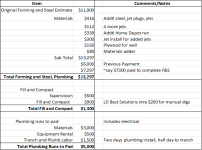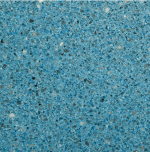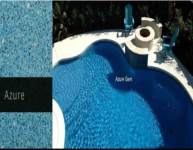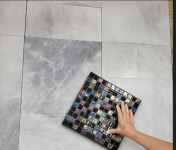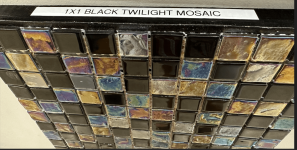- Oct 25, 2015
- 5,189
- Pool Size
- 25000
- Surface
- Plaster
- Chlorine
- Salt Water Generator
- SWG Type
- CircuPool RJ-60 Plus
Thanks all, it's been a while since I tested. Will get my new refills out and run a new set tonight. Wow, first test results for my new, well almost new pool!
Chris
Chris


